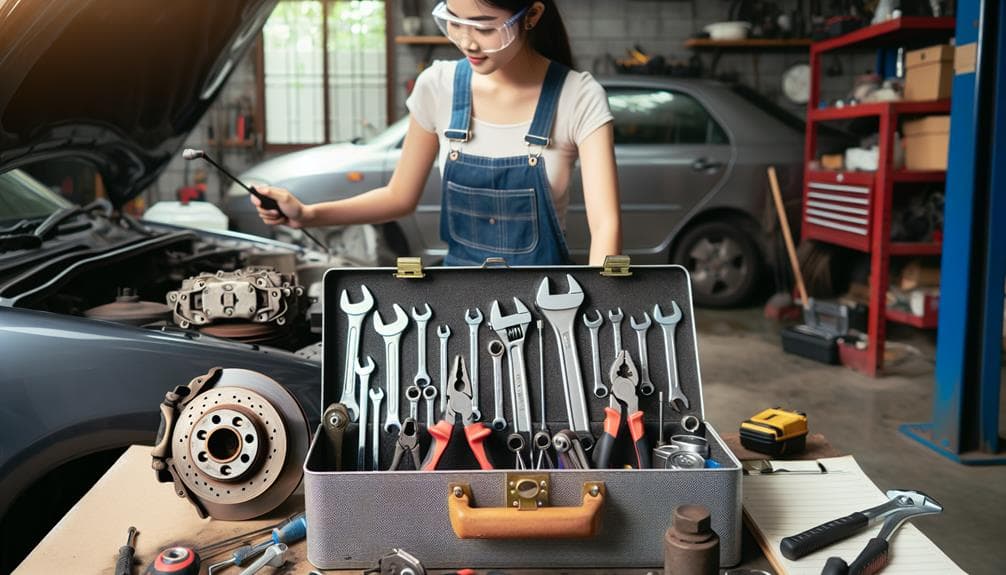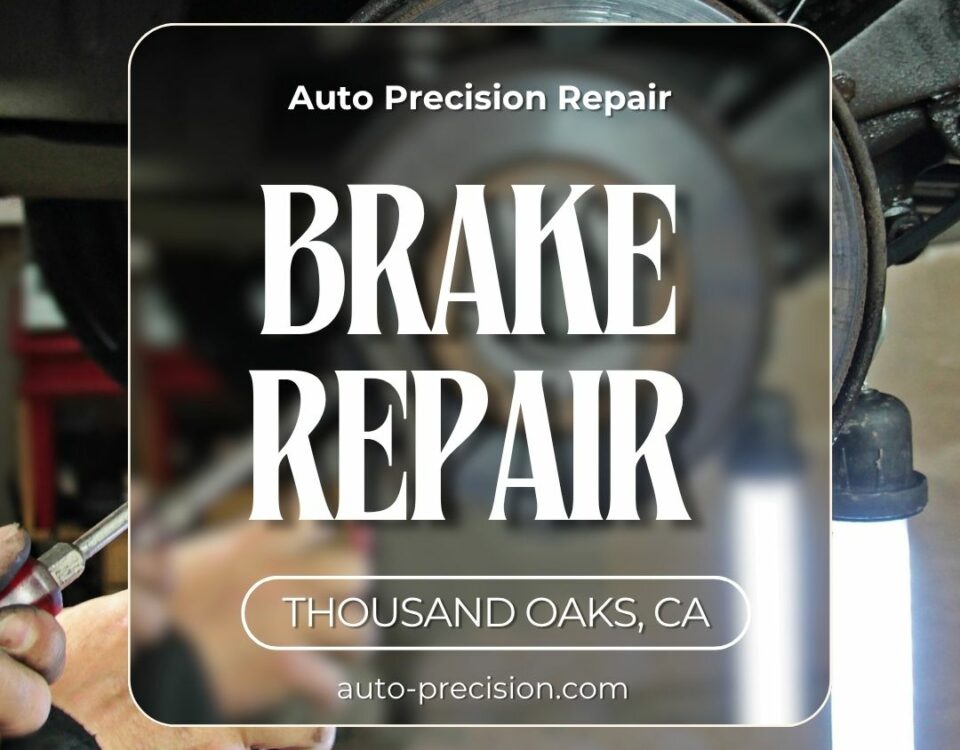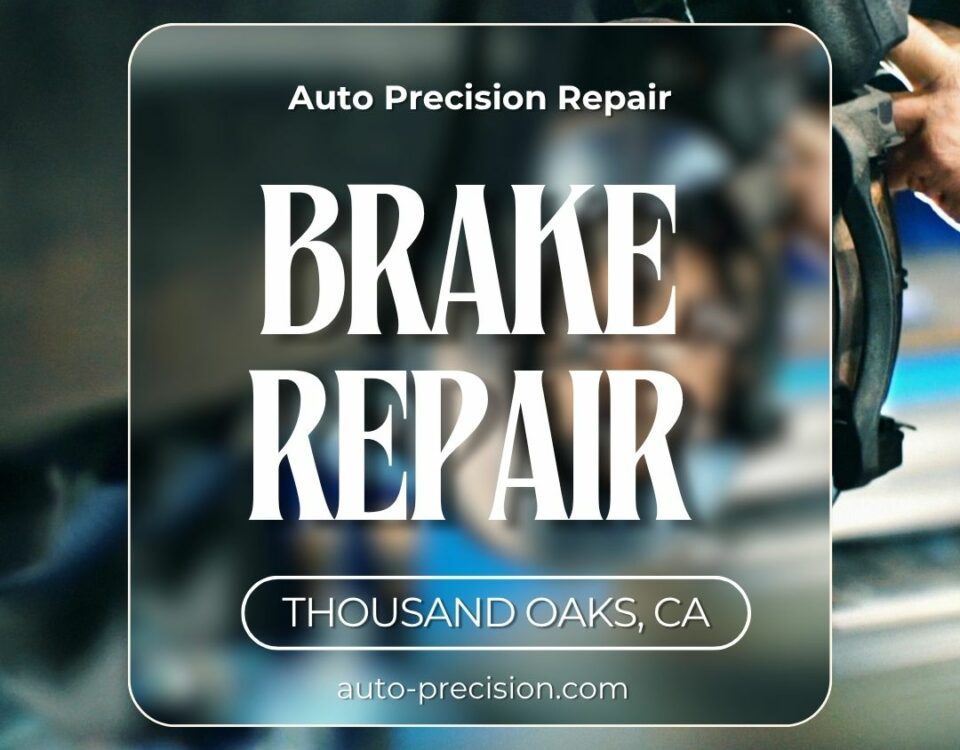
Brake Repair Simplified: Tips and Tricks for DIY Enthusiasts
February 8, 2024
The Ultimate Handbook on Brake Component Restoration
February 8, 2024In the realm of automobile maintenance, mastering the art of brake upkeep stands as a critical skill for every vehicle owner and enthusiast. This complex system, composed of a myriad of components such as rotors, calipers, brake pads, and associated hydraulic elements, demands a level of understanding that transcends cursory knowledge. To ensure safety and optimal performance, a comprehensive understanding of the brake system, as well as the ability to diagnose and rectify common issues, is indispensable. The following discourse will provide a detailed exploration into the intricacies of brake repair maintenance, offering guidance on recognizing early warning signs of malfunction and providing solutions. As we navigate the labyrinth of this crucial vehicle subsystem, one might find themselves intrigued by the depth and breadth of knowledge yet to be discovered.
Understanding Your Car’s Braking System
While it may appear complex at first glance, your car’s braking system is a meticulously engineered assembly designed to ensure your vehicle can stop safely and efficiently, a vital function that requires regular maintenance and understanding.
This system is composed of numerous components, each playing a pivotal role in your vehicle’s operational safety. The primary components include the brake pedal, master cylinder, brake fluid, brake lines, calipers, brake pads, and rotors. These interrelated parts work in harmony, converting the driver’s pedal pressure into friction within the wheel assemblies. This friction, in turn, slows and eventually stops the vehicle. Understanding these components and their symbiotic relationships is essential for effective brake maintenance. As a vehicle owner, gaining this knowledge will not only enhance your sense of belonging but also empower you to ensure your vehicle’s optimum performance.
Signs of Brake Problems and Solutions
Now that we have a firm understanding of the various components and their specific roles in the braking system, we can proceed to identify potential brake-related issues and explore their corresponding solutions.
1. Squeaking or Squealing Noise: This is usually a sign that your brake pads are worn out and need to be replaced.
2. Vibration While Braking: This could be due to warped rotors, which can be caused by severe braking. The solution would be to either have them resurfaced or replaced.
3. Brake Light On: If your brake light is on, it could mean that there’s a problem with the brake system. It’s advisable to get your car checked immediately.
Conclusion
In conclusion, mastery of brake repair maintenance is indispensable for vehicle owners, akin to a pilot understanding the mechanics of flight. A well-maintained braking system ensures safety, longevity, and excellent performance, while a neglected one risks catastrophic outcomes. Equipped with this comprehensive guide, even the most novice vehicle owner can navigate the complexities of brake maintenance, thus enhancing their vehicle’s reliability and efficiency, and ultimately, their safety on the road.





